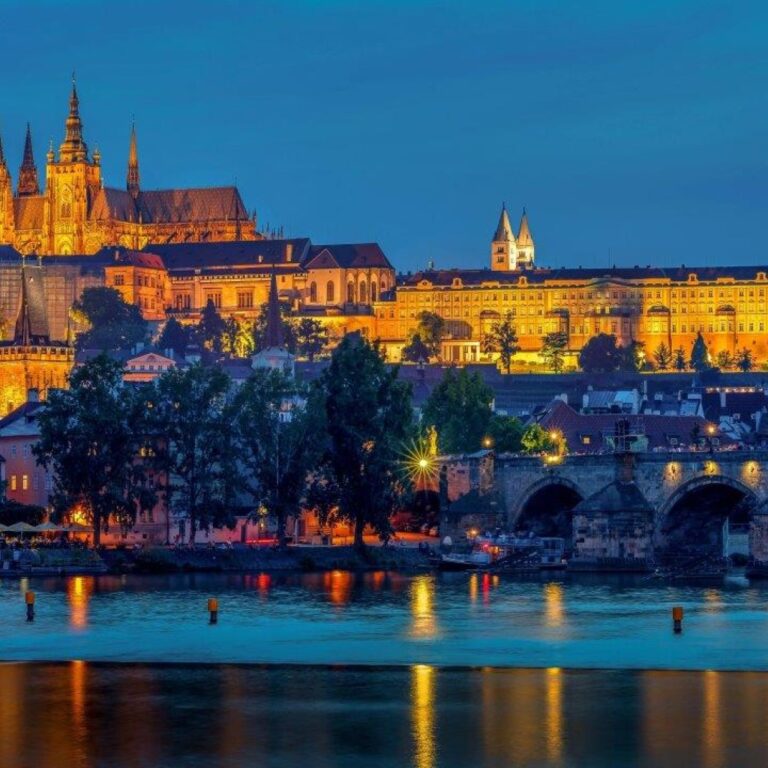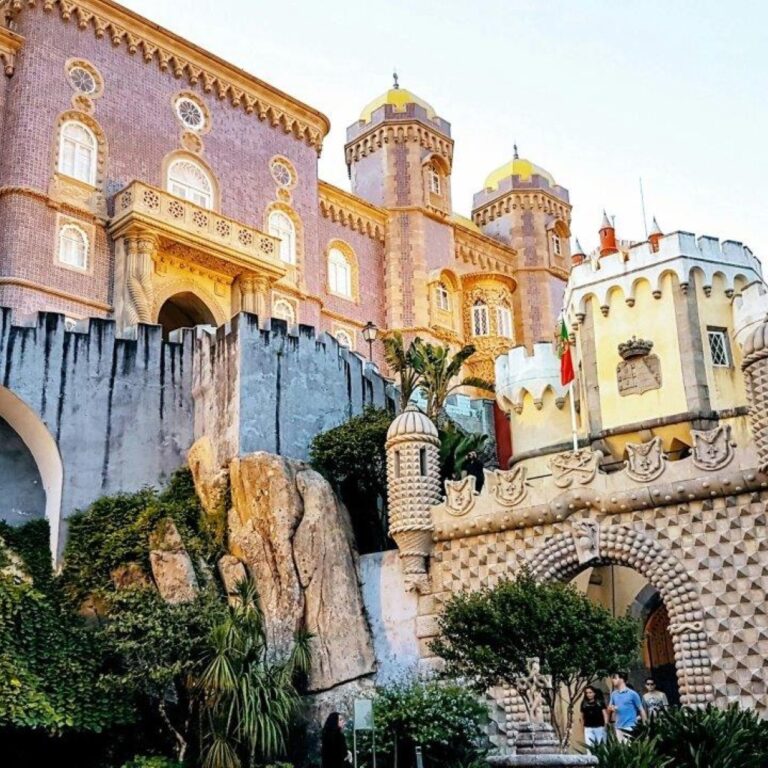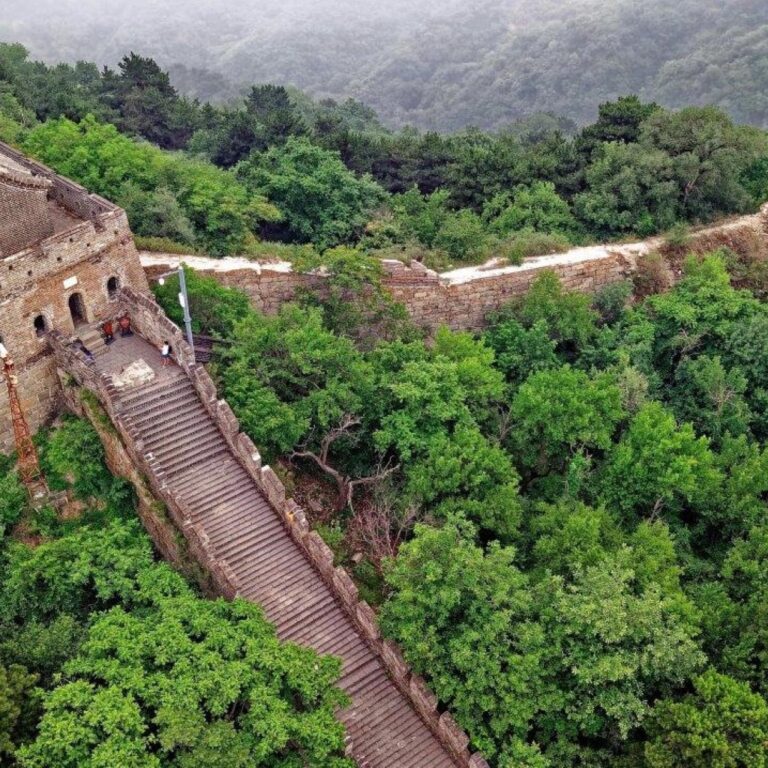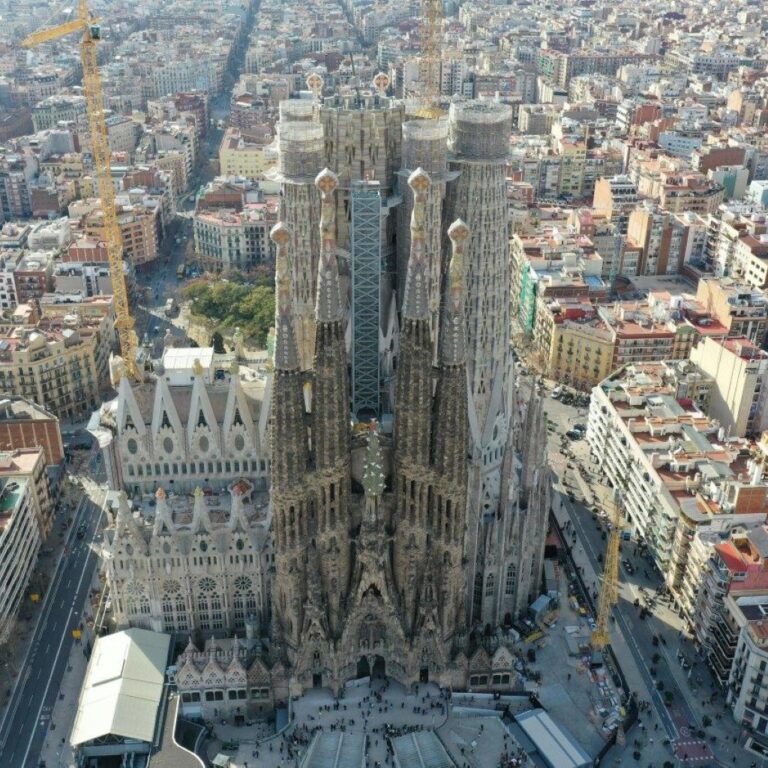Prague Castle, known as Pražský hrad in Czech, covers an area of approximately 70,000 square meters (753,474 square feet).
The castle was founded around 880 AD by Prince Bořivoj of the Přemyslid Dynasty, making it over 1,000 years old.
Prague Castle has served as the seat of power for kings of Bohemia, Holy Roman emperors, and presidents of Czechoslovakia and the Czech Republic.
The complex includes a variety of architectural styles, from Romanesque and Gothic to Renaissance and Baroque, reflecting its long and varied history.
St. Vitus Cathedral, located within the castle grounds, is the largest and most important church in the Czech Republic, known for its stunning Gothic architecture.
The castle is home to the Bohemian Crown Jewels, which are stored in a hidden room in St. Vitus Cathedral and are rarely displayed to the public.
The Golden Lane, a picturesque street within the castle complex, is famous for its tiny, colorful houses that once housed castle guards and goldsmiths.
Prague Castle has a network of underground tunnels and chambers, some of which were used as prisons and dungeons in medieval times.
The castle's Vladislav Hall, built in the late 15th century, was used for coronation banquets, jousting tournaments, and other grand events.
The Changing of the Guard ceremony at Prague Castle takes place every hour, with a special ceremonial change at noon, featuring a fanfare and banner exchange.
The castle has been a UNESCO World Heritage Site since 1992, recognized for its cultural and historical significance.
Prague Castle offers stunning views of the city and the Vltava River, making it a popular spot for tourists and photographers.
The Old Royal Palace, part of the castle complex, was the seat of Bohemian kings and features the Vladislav Hall, one of the largest secular Gothic halls in Europe.
The castle gardens and courtyards provide a peaceful retreat with beautiful landscapes, fountains, and sculptures.
Prague Castle is the most visited tourist attraction in the Czech Republic, drawing millions of visitors each year who come to explore its rich history and architectural beauty.



